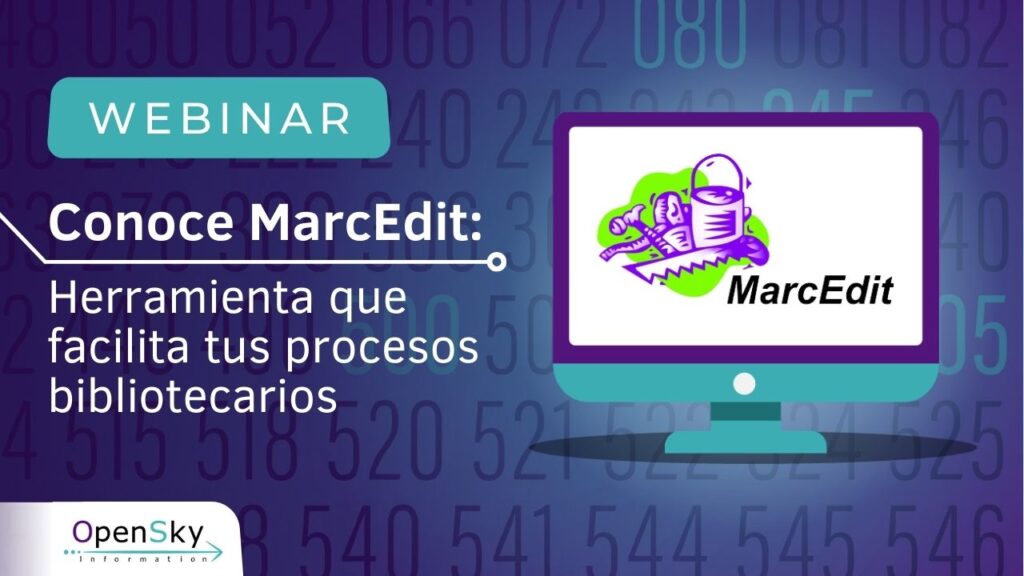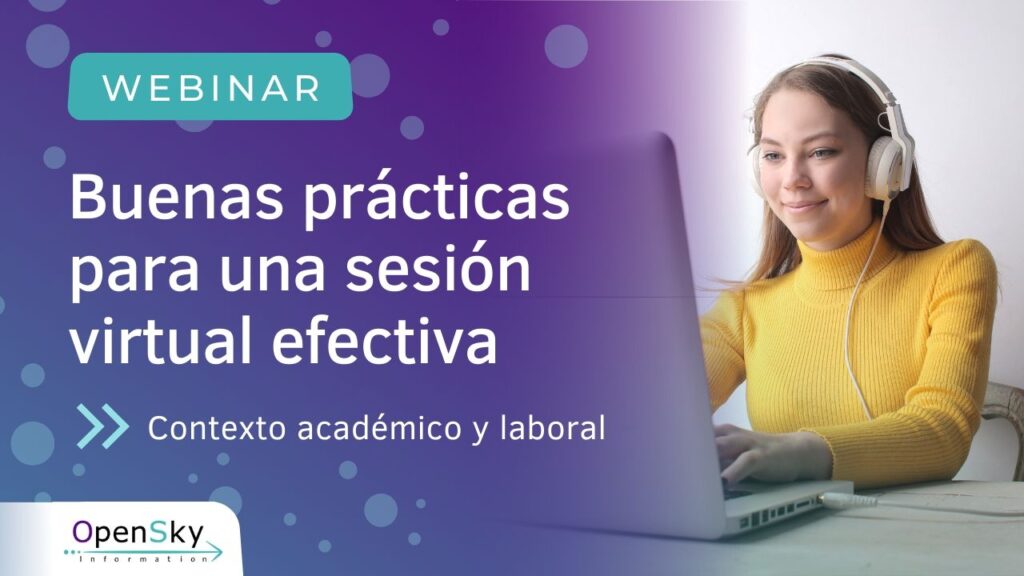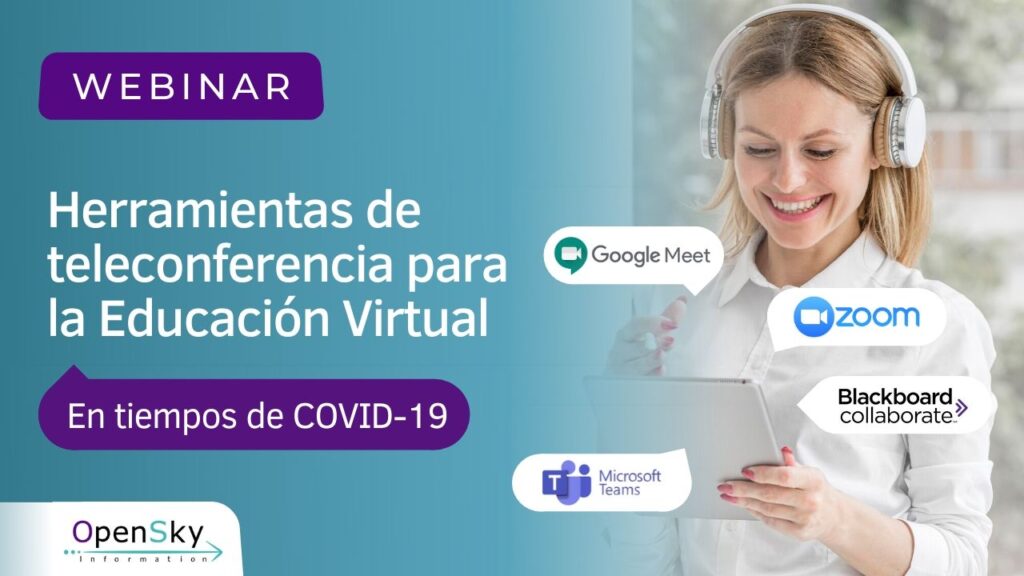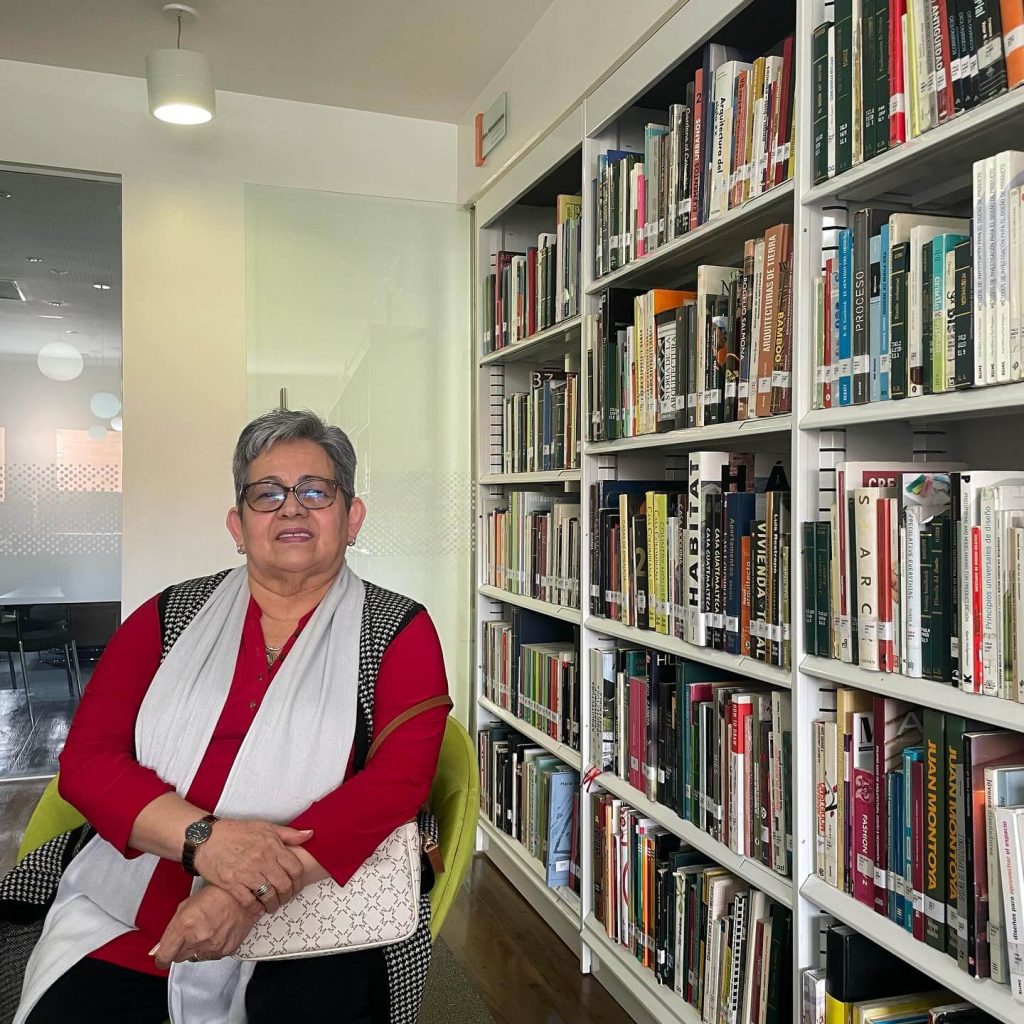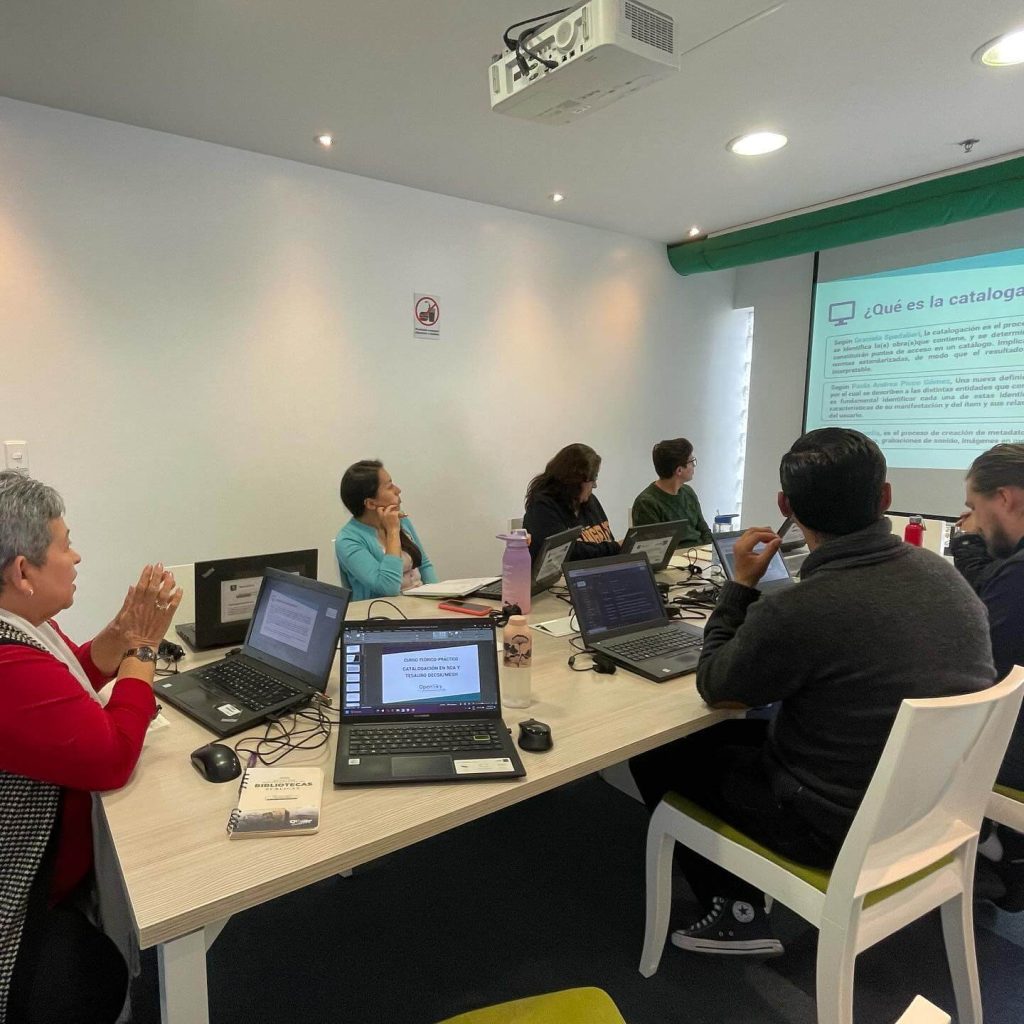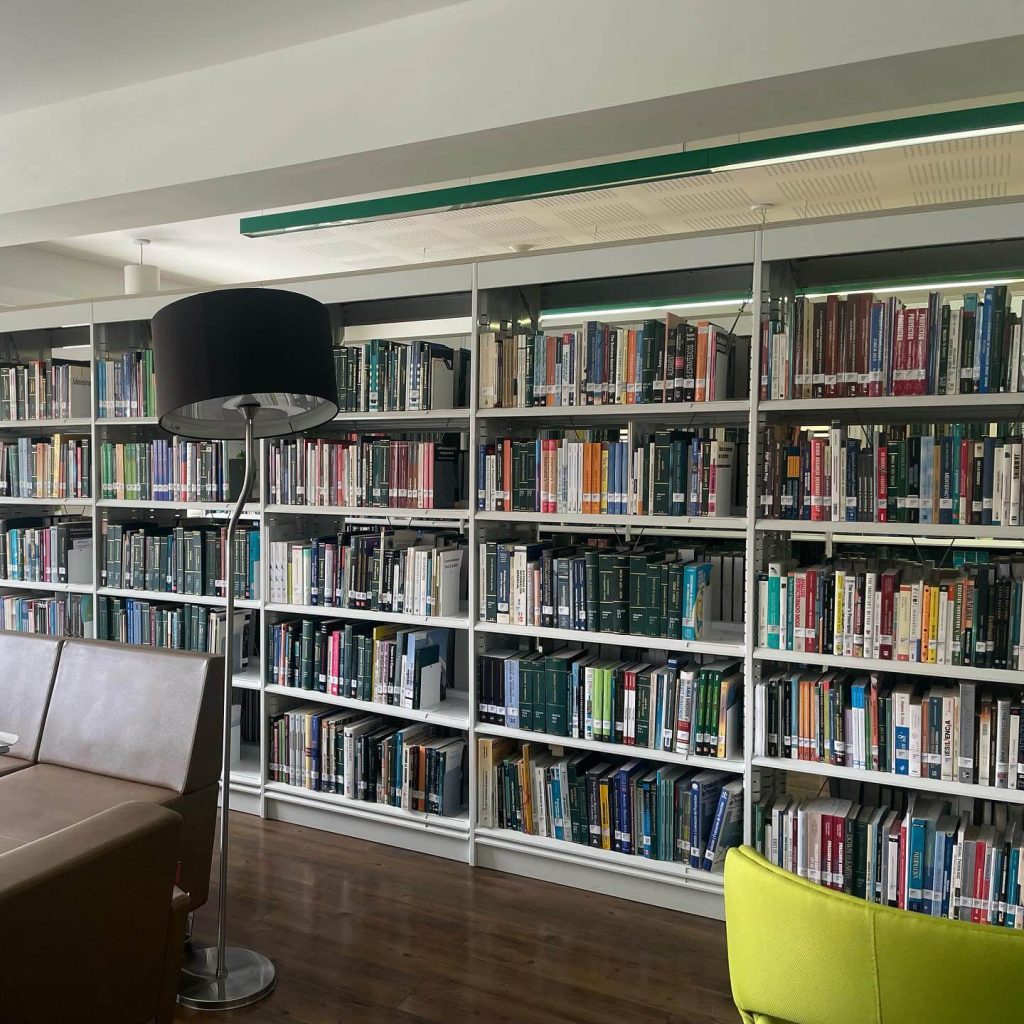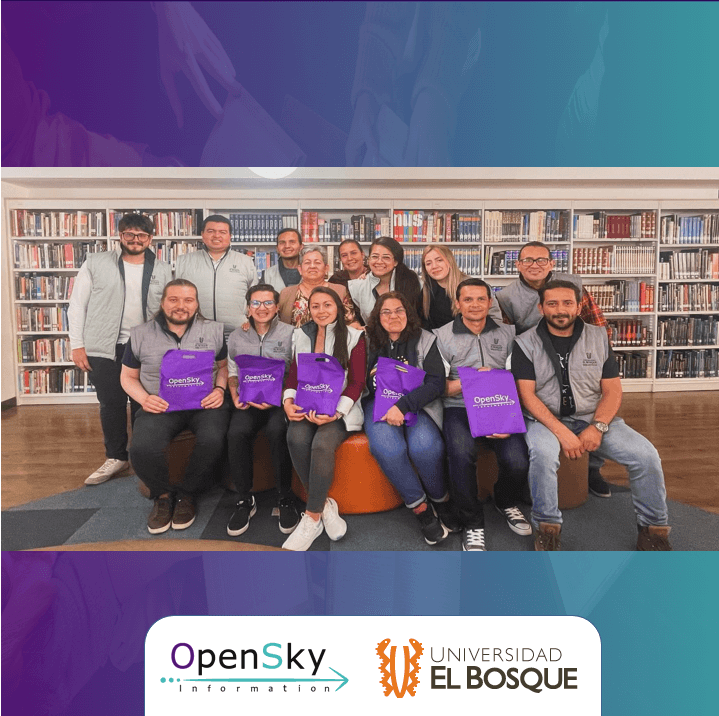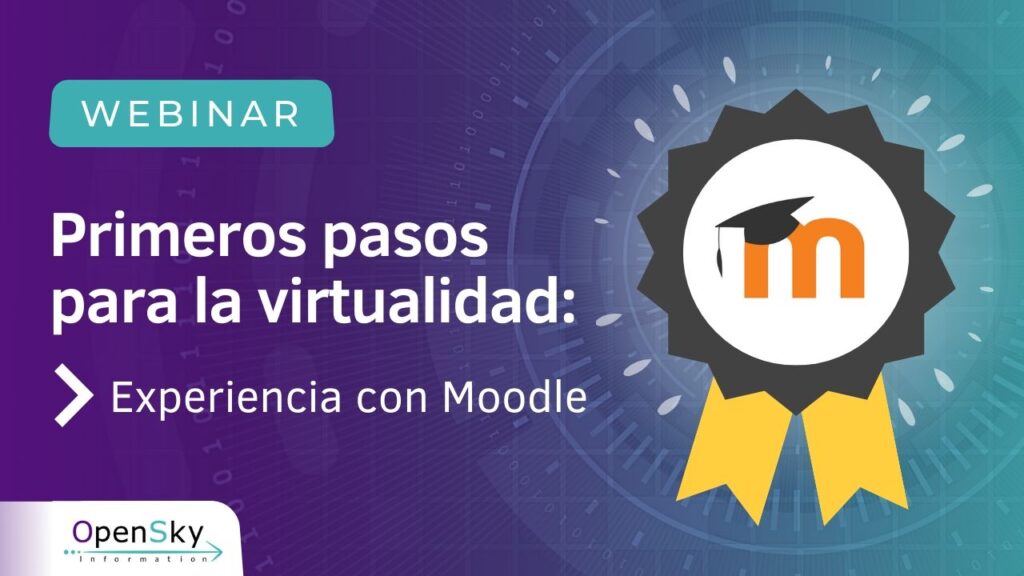
In this webinar Linamaría Pinzón Valencia – COO & Co-Founder and Andres Mora Vanegas – CTO & Co-Founder of OpenSky Information, told us about the Moodle learning management tool, one of the best known in the market for content creation. e-Learning. In addition, one of the most important developments of the company was presented, and it is an authoring tool called Think-Build-Deploy (TBD), which is a system that allows the creation of e-Learning content in a simple, easy and intuitive; using components of text, image, video, among others so that the contents are dynamic and clear for the students. The advantages of this tool is that it can be integrated into any LMS such as Moodle, Canvas and Blackboard, which means that its visualization will be more attractive for students since it works as a classroom with all its modules and themes integrated into an environment. With easy navigation, the contents can also be exported in SCORM and ZIP format, as a great advantage for e-Learning content manipulation.
Before going into the subject of Virtual Education with the use of the Moodle platform, it is important to know its definition. Therefore, we are going to divide the concept of Virtual Education into 3 parts, with 3 different positions, the first, from a humanistic vision, the second, a look at face-to-face and the third, a reflection. Each position is defined below:
- Human perspective: It allows us to generate new processes, where the student develops autonomous work.
- Differences with respect to the face-to-face methodology: The path or strategies are different when you carry out a virtual process, despite the fact that you have the same objective, in addition, the medium is too different and you will have to adapt to it.
- Reflection: To be successful in a virtual model, you must be clear that face-to-face processes will not serve to carry out a session on a digital level.
Virtual Education and Technology go hand in hand and allow the generation of educational and formative spaces, and in a certain way, it is not necessary that the body, time or space have to be synchronized to achieve a dialogue or learning. For this reason, it is important to take advantage of ICT tools to create new methodologies that work to capture the attention of students and not forget that in some regions of the country it is difficult to have adequate means to access education, but equally In this way, we must think about how to involve virtual education in educational processes. We are on the right track when we begin to carry out classes remotely, but we must still bet from educational institutions to transform processes and make progressive changes in favor of education. .
If you want to learn more about the content, we invite you to relive our webinar!




